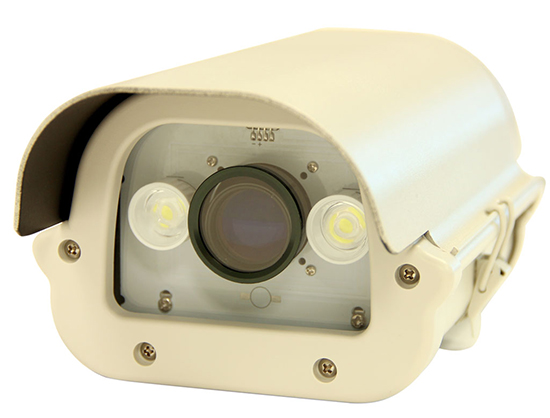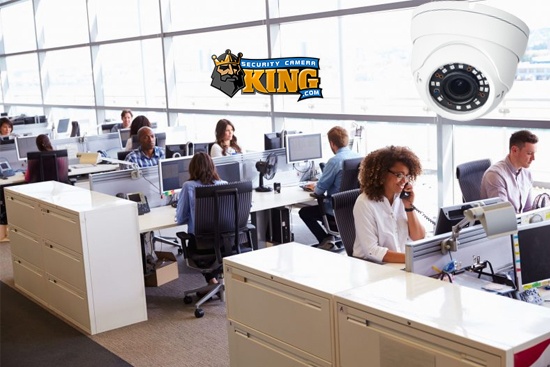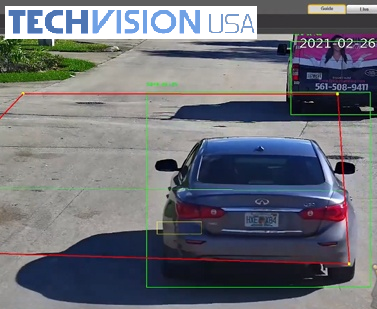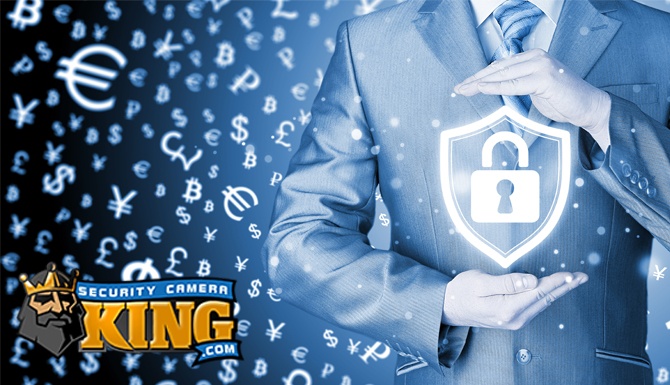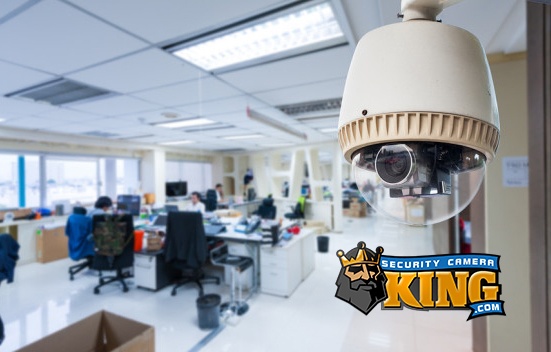I often get asked how to best capture a license plate from a vehicle with a camera system. I generally tell the customer that it is done with magical leprechauns, the tooth fairy, and a dash of pixie dust! Then when I get serious I will go into the long explanation of the proper setup to capture the image. With license plate capture there are several things that need to be considered and in place to be able to capture a license plate on a vehicle. You need to be between a certain height and angle, need to be focused on a concentrated area, need speed control of the vehicles, and need the proper camera.
The Right Height and Angle
With any camera, the right angle and height are very important when trying to achieve specific shots. A license plate capture camera is no different, and actually it is more important than most. There are several schools of thought as to what is the idea height and angles for this application. The one that I have found works the best, is to ensure the camera is between thirty six inches from the driveway up to ten feet. The height of the camera plays a big role in how clear the image will be, if the camera is too high and the vehicle has some sort of plate cover on it, you can get an image that is too distorted to make out.
If you think about it, most vehicle license plates are between twenty inches and forty eight inches from the driveway surface, so you don’t want to create a crazy angle to try and capture a license plate from. Another important thing to remember is how far off the lane of travel the camera is situated, this plays into the angle created on the capturing of the image. Typical rule of thumb is to have the camera as close to the lane of travel as possible. So the closer to the curb the better! Now, I know you are asking yourself, “what if someone comes up and vandalizes the camera?” Well, the way to help protect this is by having a camera that watches over the location of the license plate capture camera.
Focused Area of View
Another big factor in license plate capture, is not trying to do everything with one camera. In order to properly capture a license plate, the camera needs to be focused on one lane of travel. So, if you are trying to capture multiple lanes of travel you will need as many cameras as lanes you are trying to capture. A good rule of thumb is to have a camera per lane and a camera that gives overviews of the area. The overview camera will give you the description of the vehicle, while the license plate capture camera will get the license plates. If you try to do too much with one camera you will fail at doing anything useful except get a description of the vehicle. It may cost you a little more upon initial setup for the extra camera, but what you will gain with useful information is priceless!
Speed Control
A very important factor to be considered is the speed the vehicle will be going. If you have a vehicle that is traveling at a high rate of speed and you expect to capture it’s license plate you better plan to spend some very very big dollars on a camera. Now if you are realistic and have an area where a vehicle has to slow down or even better stop, you will be in tall cotton. The most ideal way to capture a license plate from a vehicle is to have an area where the vehicle will have to come to a complete stop. Whether that is at a stop sign, a severe speed bump, or a gate that has to open does not matter, as long as you can get a vehicle to stop. The next best solution is where a vehicle has to slow down extremely, ideally under ten mile per hour or so. Now if you do not have the ability to slow the vehicles down, you are going to have to look into the cameras that most interstate systems use which generally cost in the thousands of dollars per camera.
Proper Camera
Barring needing a specialty high speed camera that interstate systems use, you can generally find a good camera with a reputable company. The right camera will depend on several things. The first and foremost is the distance from camera to target. Why this is so important is because you need the right lens to narrow down on your target. If you are at thirty feet and trying to use a 2.8mm – 12mm varifocal camera and narrow the shot down to a eight foot by eight foot area, you will fail. This is because at a thirty foot distance to target and the camera zoomed all the way to it’s 12mm setting, your area of view is going to be over ten foot by eight foot. This generally will be too wide of a shot to capture a clean enough image. I personally would suggest going with a 9mm – 22mm lens for anything over twenty feet to about forty five feet. For any shot that is from about fifteen feet to about one hundred and twenty five feet you should use a camera with a 6mm – 60mm lens. If you are unsure of the millimeter lens that you will need, you can always use the lens calculator on Security Camera King’s website.
If your project meets all of these requirements, your license plate capture should occur with minimal issues. With every job and every location there are different obstacles that will be needed to be overcome, no two jobs will ever be identical especially when it comes to license plate capture. The best thing you can do for yourself is to survey the area, taking lots of pictures and measurements. Find any possible available power source and possible areas to burry conduit to get to the camera location. Keep in mind to always obey local codes and pull the necessary permits. The last thing you want to have happen is an inspector/ code enforcement officer to flag the site and cost you time and money.

